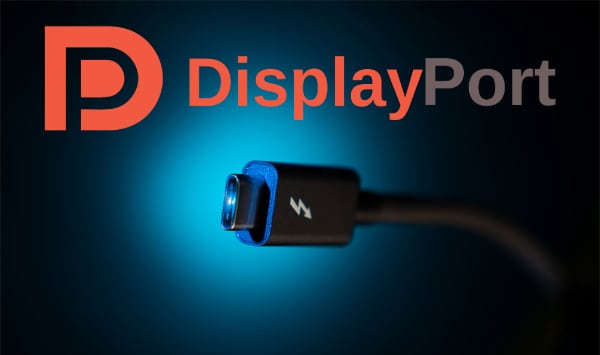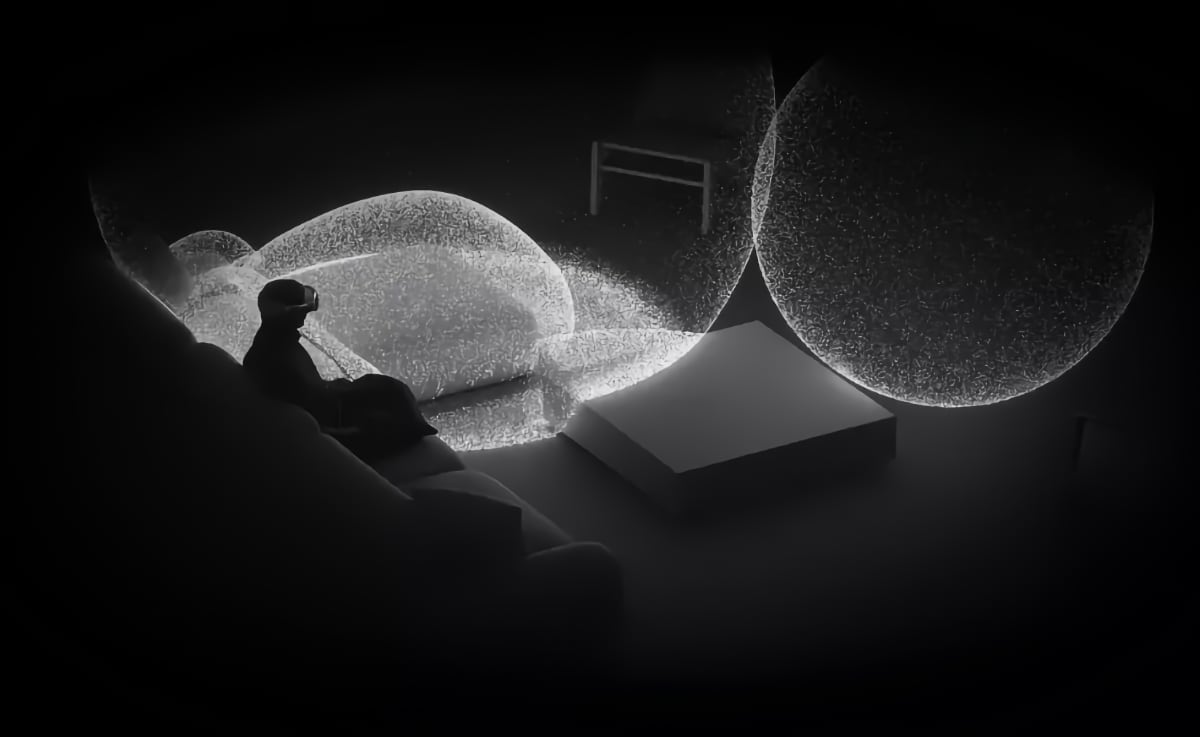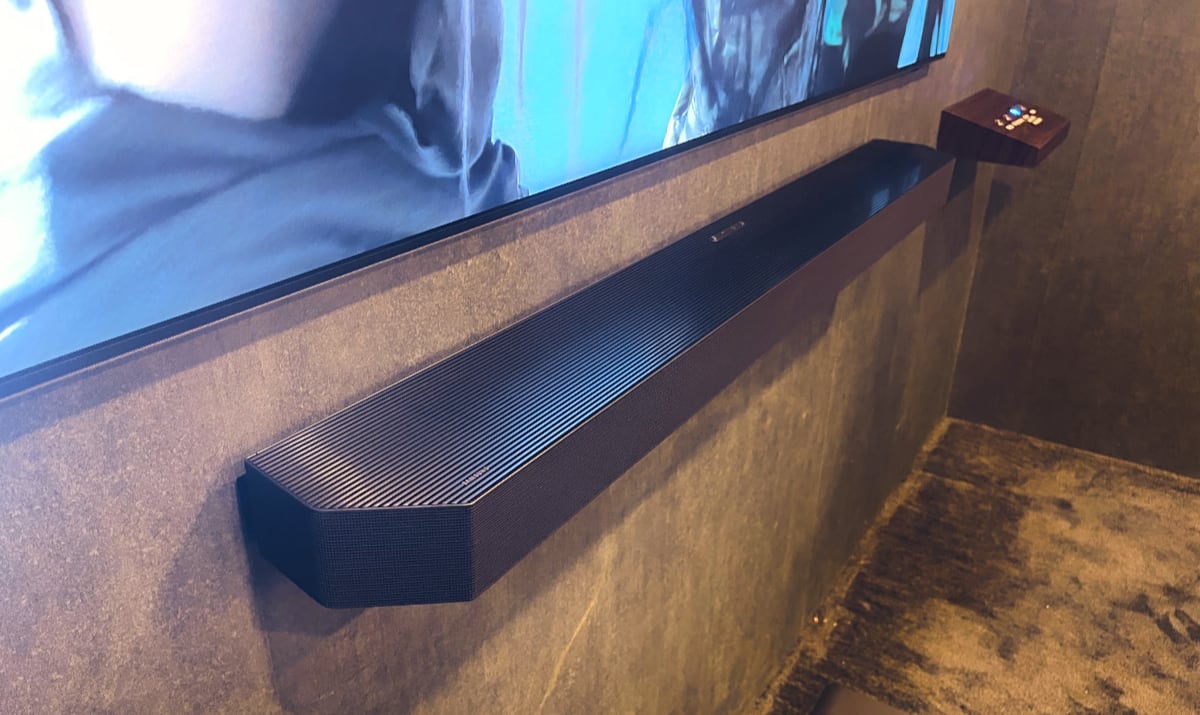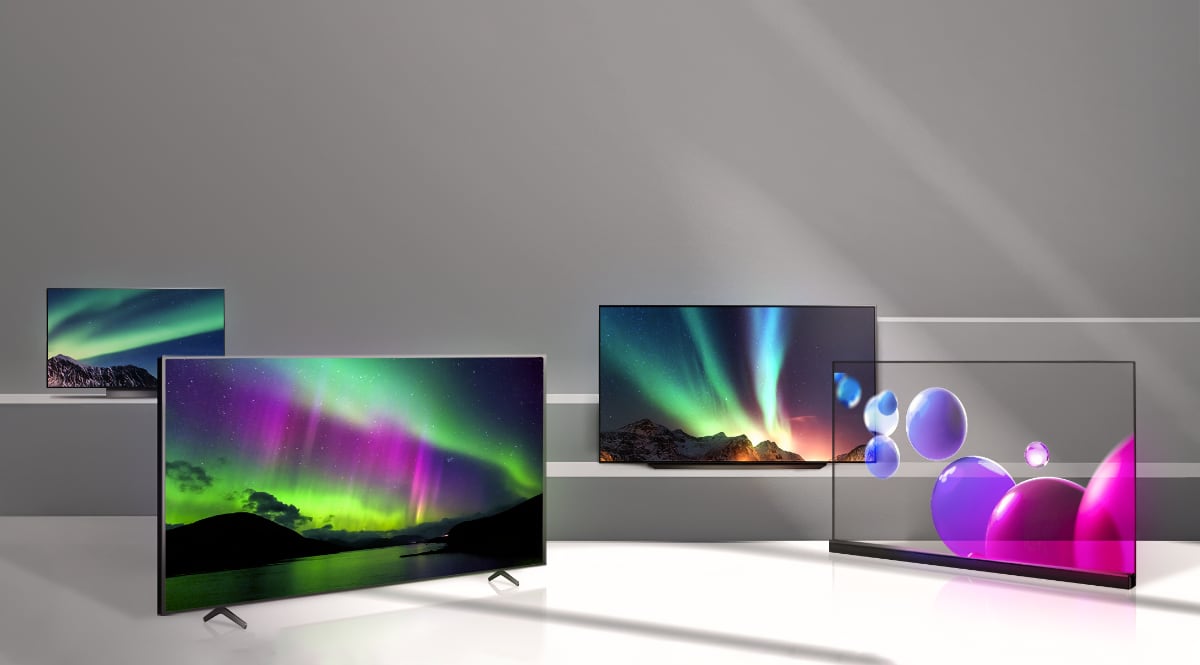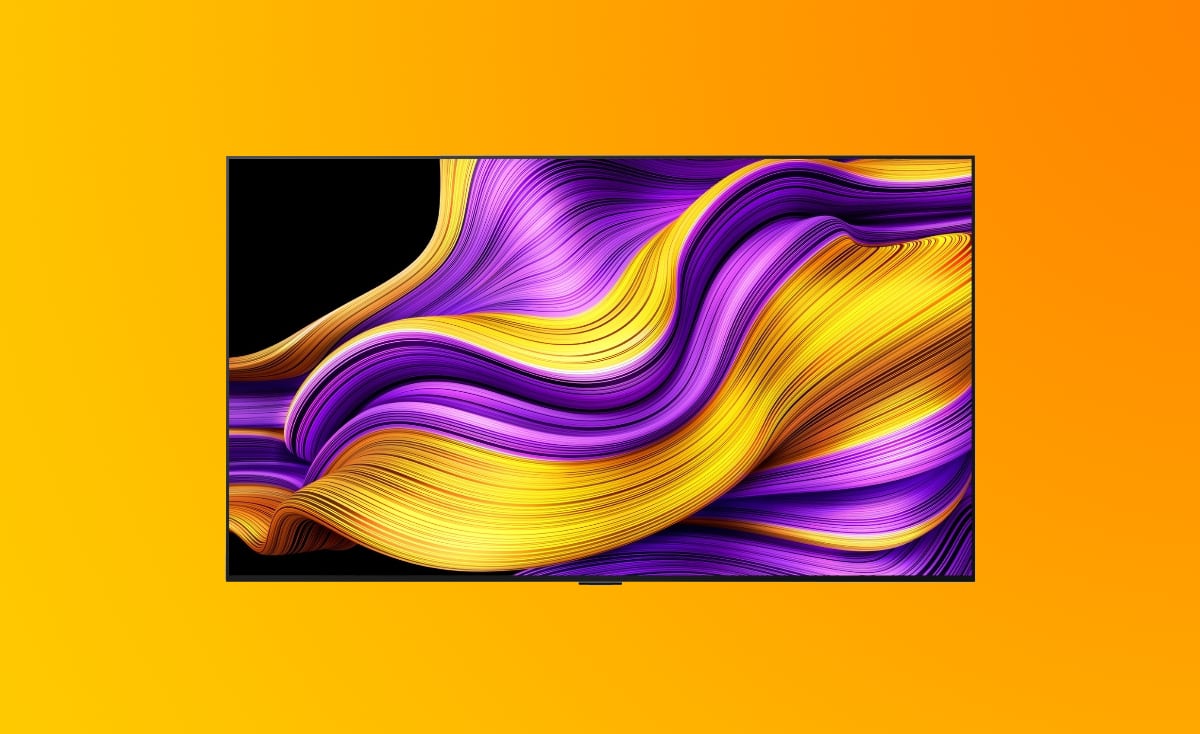VESA has announced a new version of the DisplayPort interface standard. DisplayPort 2.0 switches to the Thunderbolt 3 port and has nearly 3x the bandwidth for "beyond-8K resolutions and higher refresh rates for 4K HDR".
DisplayPort 2.0: 8K, 10K, 16K
DisplayPort 2.0 will offer nearly 3x the bandwidth of the existing DisplayPort 1.4 standard. The maximum effective bandwidth will increase from 25.92 Gbps in DisplayPort 1.4 to 77.4 Gbps in DisplayPort 2.0, VESA said.
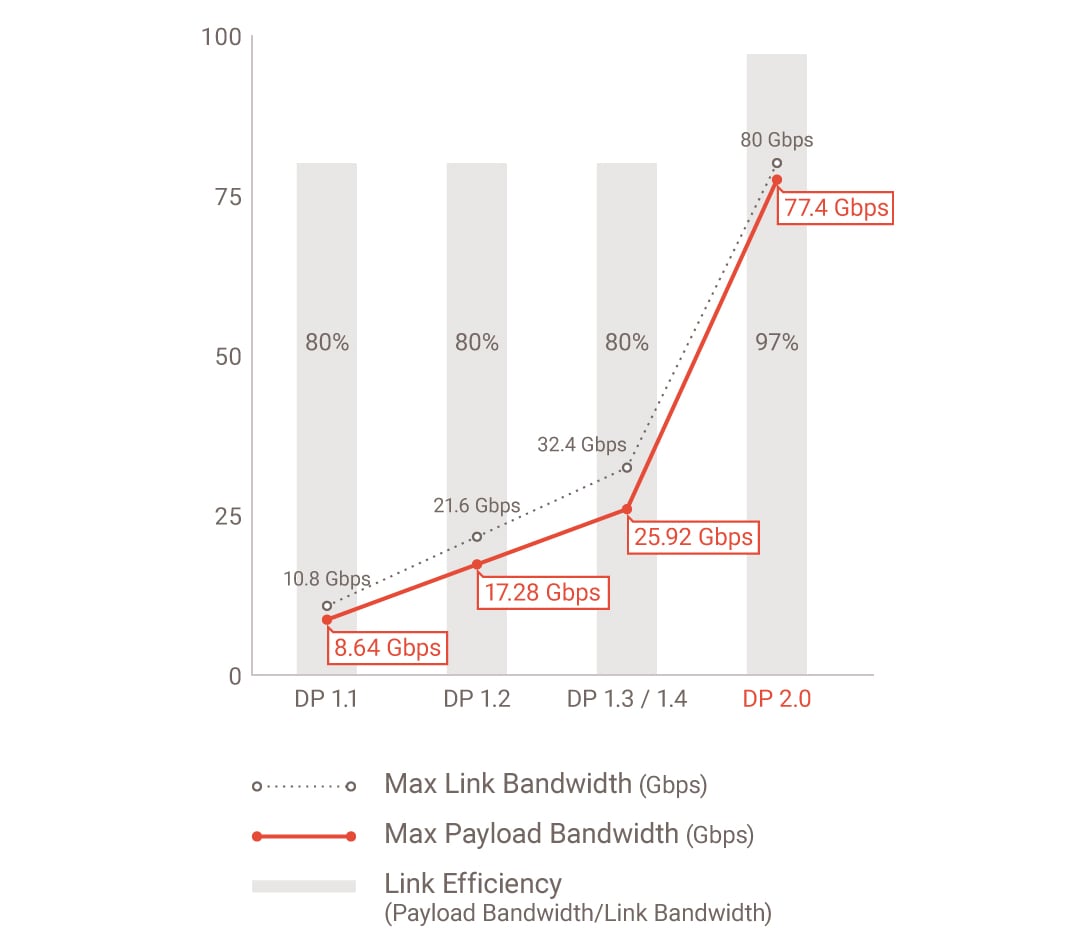
This will enable beyond-8K resolutions. VESA provides a few examples such as 10K60 at 24-bit (with 4:4:4) or even 16K60 at 30-bit and HDR (with 4:4:4) through the use of Display Stream Compression (DSC) that is said to be a visually lossless type of video compression. Using DSC it can even power two 8K displays at 120Hz. It will also enable much higher refresh rates for 4K and 1080p.
- "DP 2.0 represents one of our most significant milestones in the history of DisplayPort, and is the culmination of several years’ effort and major enhancements to this ubiquitous standard. Like the previous versions of DisplayPort that helped pave the way for major inflection points in video technology such as UHD, 4K, 5K, video over USB-C and HDR, DP 2.0 will help take the industry to the next level – enabling even higher frame rates and resolutions up to and beyond 8K, greater flexibility in display configurations including multiple monitor setups, as well as improved power efficiency," said Alan Kobayashi, VESA Board Chair and VESA DisplayPort Task Group Chair
Another big step is that DisplayPort 2.0 now leverages the Thunderbolt 3 port to enable the full capabilities. At the same time, it "is backward compatible with previous versions of DisplayPort and incorporates all of the key features of DP 1.4a". DisplayPort 2.0 will also be supported over USB-C, although with bandwidth limitations.
- "Intel’s contribution of the Thunderbolt PHY layer specification to VESA for use in DP 2.0 is a significant milestone making today’s simplest and most versatile port also the highest performing for display," said Jason Ziller, General Manager, Client Connectivity Division at Intel. "By collaborating with VESA, we’re enabling common building block technologies to come together across a wide range of devices and increasing compatibility to deliver better experiences to consumers."
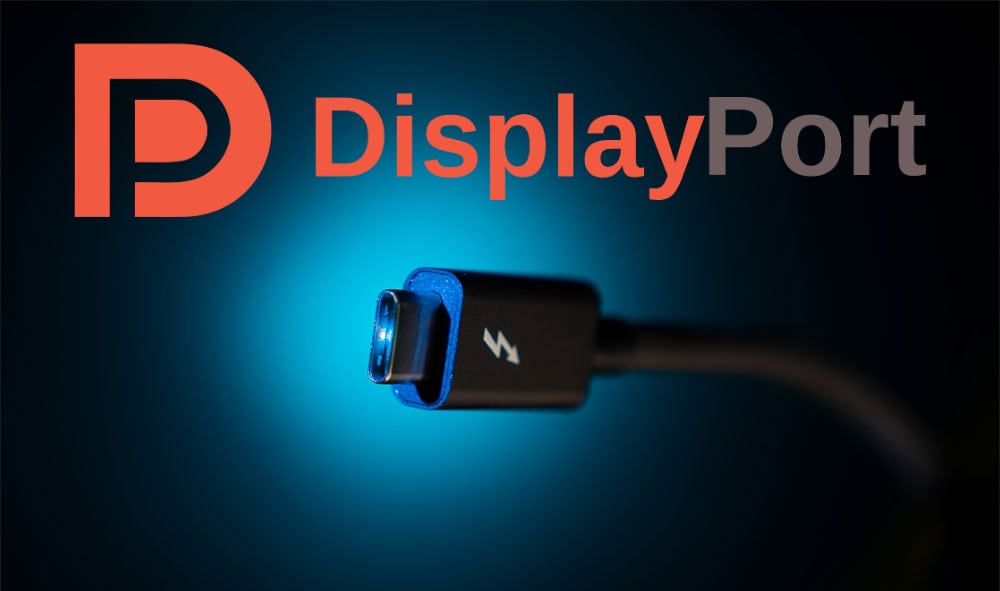
Another new feature in DisplayPort 2.0 is 'Panel Replay', which means that it can enable a "system video processor, or GPU, to update only the portion of the display that has changed since the video frame update, thus saving system power".
The DisplayPort standard is developed by VESA, which is an open standards body comprising more than 280 member companies, including most of the leading consumer electronics manufacturers. It is an alternative to HDMI 2.1, which is designed for the TV environment, whereas DisplayPort is more aligned with the PC environment. HDMI 2.1 offers 48 Gbps bandwidth so DisplayPort 2.0 can be seen as the next step on the bandwidth ladder.
Because DisplayPort 2.0 uses the Thunderbolt 3 port it should be easier and faster to implement for partners. As such VESA expects the first DisplayPort 2.0 products to appear on the market "by late 2020".
DisplayPort 2.0 - bandwidth examples
Single display resolutions
- One 16K (15360×8460) display @60Hz and 30 bpp 4:4:4 HDR (with DSC)
- One 10K (10240×4320) display @60Hz and 24 bpp 4:4:4 (no compression)
Dual display resolutions
- Two 8K (7680×4320) displays @120Hz and 30 bpp 4:4:4 HDR (with DSC)
- Two 4K (3840×2160) displays @144Hz and 24 bpp 4:4:4 (no compression)
Triple display resolutions
- Three 10K (10240×4320) displays @60Hz and 30 bpp 4:4:4 HDR (with DSC)
- Three 4K (3840×2160) displays @90Hz and 30 bpp 4:4:4 HDR (no compression)
When using only two lanes on the USB-C connector via DP Alt Mode to allow for simultaneous SuperSpeed USB data and video, DP 2.0 can enable such configurations as:
- Three 4K (3840×2160) displays @144Hz and 30 bpp 4:4:4 HDR (with DSC)
- Two 4Kx4K (4096×4096) displays (for AR/VR headsets) @120Hz and 30 bpp 4:4:4 HDR (with DSC)
- Three QHD (2560×1440) @120Hz and 24 bpp 4:4:4 (no compression)
- One 8K (7680×4320) display @30Hz and 30 bpp 4:4:4 HDR (no compression) |

